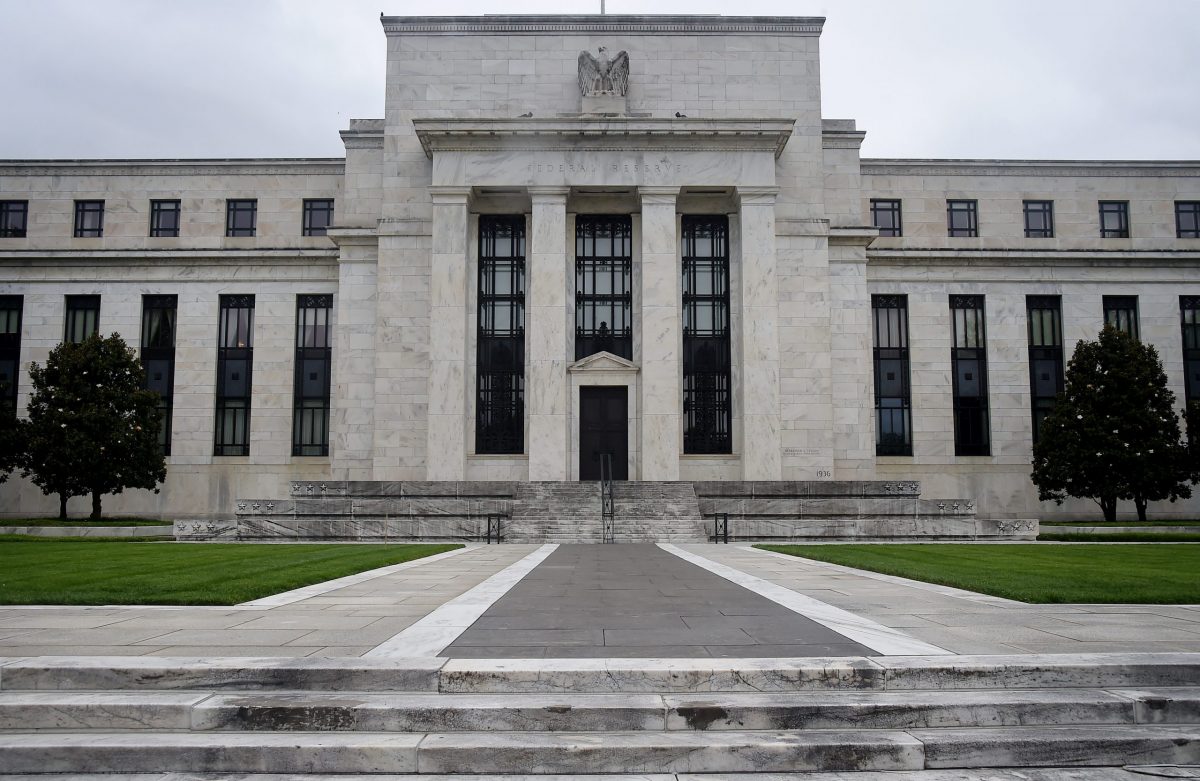After a period of time where it seemed like cryptocurrencies and all financial products with a bit of risk were being shelved in favor of low-risk products such as holding cash or government bonds (specifically the US dollar and Treasuries), the actions of the Federal Reserve and other central banks have caused a roarback in equity markets – and a corresponding increase in cryptocurrency values, writes Forbes journalist Roger Huang.
Since March 15, 2020, when the Federal Reserve cuts rates to zero in an unscheduled rate cut, the S&P 500 had its best quarter since 1998 and bitcoin’s price, about to touch US$5,000 around that time period, is now roaring back above the $10,000 mark.
Understanding the relationship between monetary policy and cryptocurrencies can be a bit tricky, but it’s a worthy exercise. As cryptocurrencies start taking on institutional speculation, their short-term price movements gyrate with the markets. Some of this has been plainly stated before and often observed: some institutional investors think of bitcoin as digital gold.
They’ll use bitcoin as a hedge against the inflation they think will result from excessive unconventional monetary policy. This was the explicit view of Paul Tudor Jones, the billionaire investor loading up on bitcoin.
In this reading, the actions of central banks help create demand for cryptocurrencies by creating the conditions (excessive money supply) wherein a certain class of institutional investors feels the need to hedge their wealth.
But structural changes in monetary policy implementation also auger surprising new developments and support for new cryptocurrencies in ways that go beyond the “cryptocurrency as hedge” narrative.
Alternative financial solutions
Witness the new trend of DeFi, decentralized finance companies that are largely behind the growth in ethereum demand as ethereum gets locked into new financial products. DeFi represents alternative financial solutions built on ethereum that are looking to augment or replace traditional loans.
Typically, there’s a “search for yield” that happens when there are very few options to yield money in deposits or low-risk products. DeFi, with interest rates that range as high as 100% annualized on stablecoins looks like a more attractive option than fiat banks that can offer flat ~1% at best.
Within that structure, it’s clear that there are nuances, and perhaps warnings – products that yield that high likely are pure arbitrage situations that might fade away at any time and they carry with them risks (such as exploits) that might be underaccounted for. Yet, even if there are a lot of question marks – there’s no doubt that coordinated monetary policy around the world is driving people to look for new companies and technologies such as DeFi – an important secondary consequence.
The amount of unprecedented monetary support has also created a short-term window for institutional investors to be able to enter cryptocurrencies. Grayscale Investments LLC attracted more than $900 million in the second quarter, which was double any amount it had ever raised before. Most of that interest was spurred by institutional investors, who were supported by monetary policy, and placed in a “search for yield” and hedge-seeking situation.
Some of that was due to arbitrage, but there’s no doubt that institutional investors that were battening down the hatches when Covid-19 lockdowns were happening are back as a force across a variety of economic investments – including cryptocurrencies.
Some of this institutional investment comes on the heels of leading figures in the industry looking for shelter during the largest monetary expansion in history. This helps accentuate this short-term trend, with institutional investors suddenly finding the context, the need and the support to start pouring into investment in cryptocurrencies.
Beyond these factors, however, is the potential pending development of a digital dollar. This is not being pushed by monetary authorities, but rather heard in the fiscal halls of power in Congress. Yet, research in this area will spur interest in cryptocurrencies by confirming the digital ascendency of finance into retail cash – and creating a contrast and another item that might highlight cryptocurrency’s usefulness as a hedge.
It is, however, the greater retail adoption of bitcoin and cryptocurrencies that is more interesting than the short-term movements associated with institutional investors pushed by monetary policy in one way or another towards cryptocurrencies.
A new study from Cornerstone Advisors says that 15% of Americans now own some cryptocurrency, with about half of those having invested in the first six months of 2020, among unprecedented monetary policy changes and Covid-19. High-income individuals, millennials and Gen Xers were some of the groups spurring this growth. Americans who don’t hold cryptocurrencies and had no plans to do so thought their financial health stayed the same (55%) mostly while a plurality of those that currently hold cryptocurrencies thought that their financial health was much better (44%).
Cryptocurrencies are getting short-term boosts in pricing from a wave of institutional and retail investors with a variety of incentives, many of them brought on by the largest monetary expansion of our age. Some of those incentives are here for the long haul, as monetary authorities struggle with the short-term effects of the Covid-19 pandemic and the longer-haul efforts to fully recover economically. Monetary policy during Covid-19 is acting as a bridge to cryptocurrencies for many new institutional and retail investors skeptical of its effects – and perhaps an enduring reason to stay in the cryptocurrency ecosystem.
























